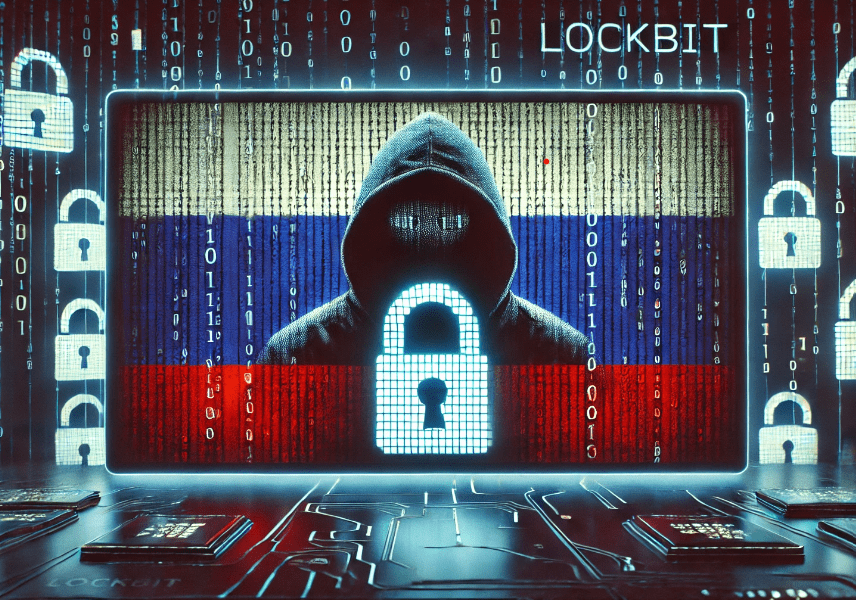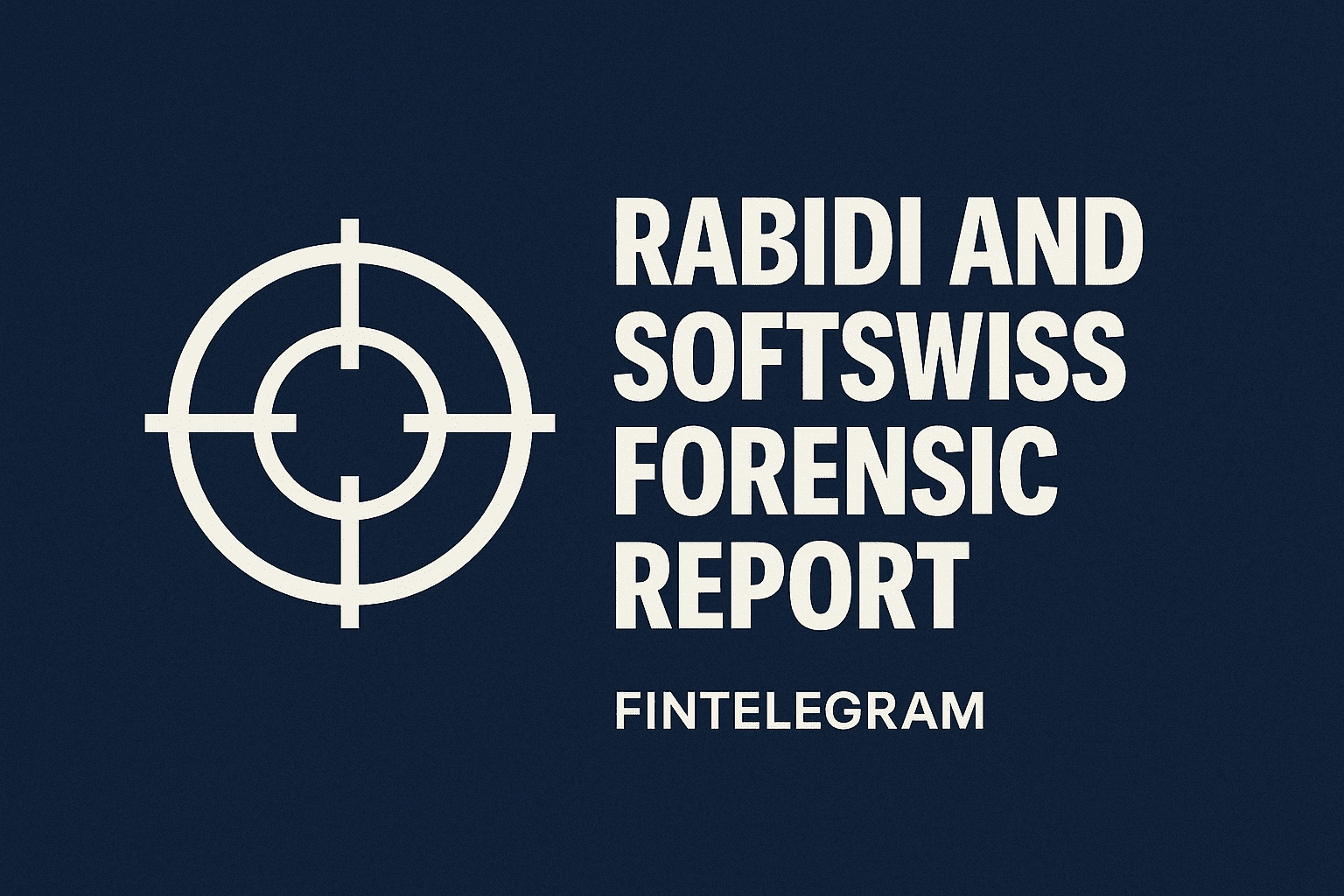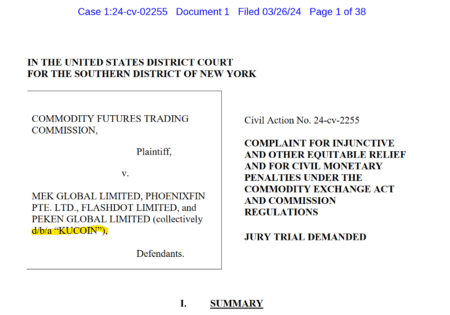LockBit is a prominent ransomware-as-a-service (RaaS) operation that has emerged as one of the most prolific and damaging cybercrime groups since its inception in 2019. Known for its efficiency, LockBit provides its affiliates with ransomware tools in exchange for a share of the illicit profits. The group employs double and triple extortion tactics, threatening not only to encrypt victims’ data but also to leak or sell it publicly and demand additional payments to prevent further harm.
The U.S. Department of Justice (DOJ) has recently indicted dual Russian-Israeli national Rostislav Panev, a developer linked to the LockBit ransomware group, on charges of conspiracy to commit computer fraud, wire fraud, and money laundering. Panev’s arrest is a critical breakthrough in the global effort to dismantle LockBit’s network.
Key People in the LockBit Scheme
The LockBit operation involves a decentralized network of developers, affiliates, and operators. Law enforcement investigations have identified several key individuals:
- Rostislav Panev – A dual Russian and Israeli national, Panev is a developer for LockBit. According to the DOJ, Panev played a critical role in creating the ransomware tools and enabling affiliates to launch attacks worldwide. He was apprehended in Florida in December 2024.
- Dmitry Khoroshev – Arrested in May 2024, Khoroshev was identified as an administrator and key strategist for LockBit. He managed operations and coordinated with affiliates to execute ransomware attacks.
- Alexander Grachev (Alias: “LockBitSupp”) – Believed to be the public-facing representative of the group, Grachev interacts with victims and negotiates ransoms on behalf of the group. His whereabouts remain unknown.
These arrests highlight the international collaboration required to combat ransomware syndicates.
Ransomware Schemes Explained
Ransomware encrypts victims’ data, rendering it inaccessible until a ransom is paid. Operators of ransomware schemes often deploy additional tactics to coerce payments, such as publishing stolen data on dark web forums. The rise of cryptocurrencies has facilitated ransomware operations by enabling anonymous payments.
Scope and Growth of Ransomware
Ransomware has grown into a significant global threat, with damages escalating yearly:
- Incidents and Costs: In 2024, ransomware attacks impacted 59% of organizations globally, with an medium ransom payment of $1.5 million per incident.
- Economic Impact: Ransomware costs are projected to reach around $265 billion USD annually by 2031, significantly up from $20 billion in 2021 (Cybersecurity Ventures). In 2025, AI is expected to fuel more sophisticated ransomware campaigns. Attackers will use AI to analyze large amounts of data, create tailored ransomware, and automate attack steps.
- Industry-Specific Impact: Critical infrastructure sectors, including healthcare, government, and finance, are frequent targets, amplifying the societal risks of ransomware attacks.
Law Enforcement Actions Against LockBit
Law enforcement agencies have executed several major operations targeting LockBit:
- February 2024: A global takedown led by the UK’s National Crime Agency (NCA) and the FBI resulted in infrastructure seizures and the arrests of several affiliates.
- May 2024: The DOJ indicted Dmitry Khoroshev, a high-ranking administrator of LockBit.
- December 2024: The arrest of Rostislav Panev marked another milestone in disrupting LockBit’s operations.
These actions demonstrate the effectiveness of international cooperation in combating transnational cybercrime.
Ransomware: A Threat to Business and Society
Ransomware is not merely a financial threat—it is a direct attack on societal stability. For businesses, ransomware leads to operational shutdowns, loss of sensitive data, and reputational damage. In critical sectors like healthcare, it endangers lives by delaying medical services. For governments, ransomware threatens national security, with state-sponsored groups exploiting these tools to destabilize adversaries.
- Ransomware and Geopolitical Strategy
Ransomware has increasingly become a tool in geopolitical conflicts. State-affiliated actors use ransomware to target critical infrastructure, weaken economies, and gather intelligence. This cyberweaponization blurs the lines between cybercrime and cyberwarfare, posing challenges for attribution and response.
Conclusion
The LockBit ransomware scheme represents a convergence of advanced technology, criminal enterprise, and geopolitical strategy. The recent indictment of Rostislav Panev and other key players underscores the critical role of international cooperation in tackling ransomware. However, the evolving sophistication of ransomware groups necessitates continuous advancements in cybersecurity measures, law enforcement strategies, and public awareness. Only through collective action can we mitigate the profound threat ransomware poses to businesses, governments, and society.
Report Ransomware Activities
If you have information about ransomware activities or other cybercrime activities, please share it with us via our whistleblowing system, Whistle42.





